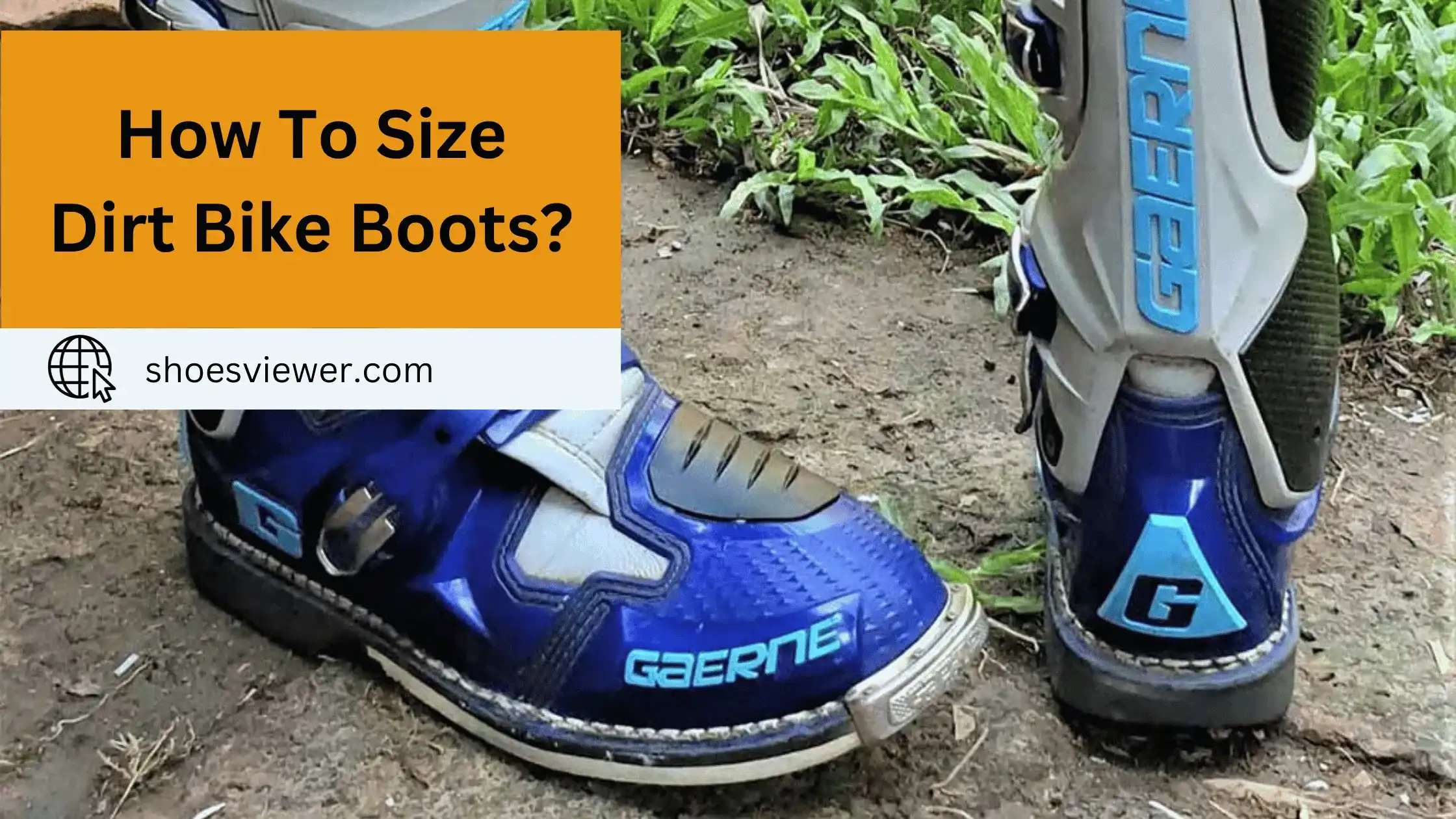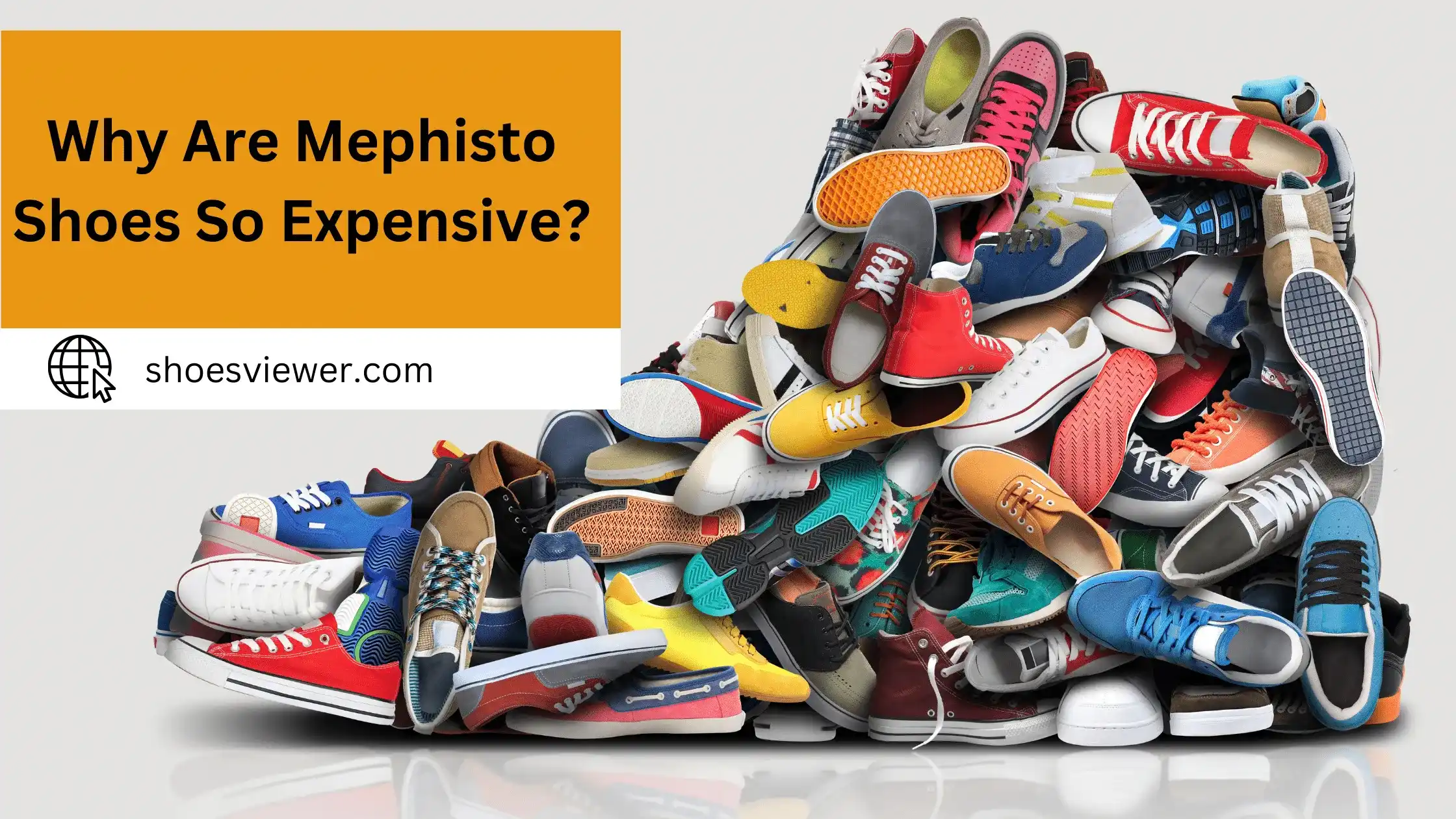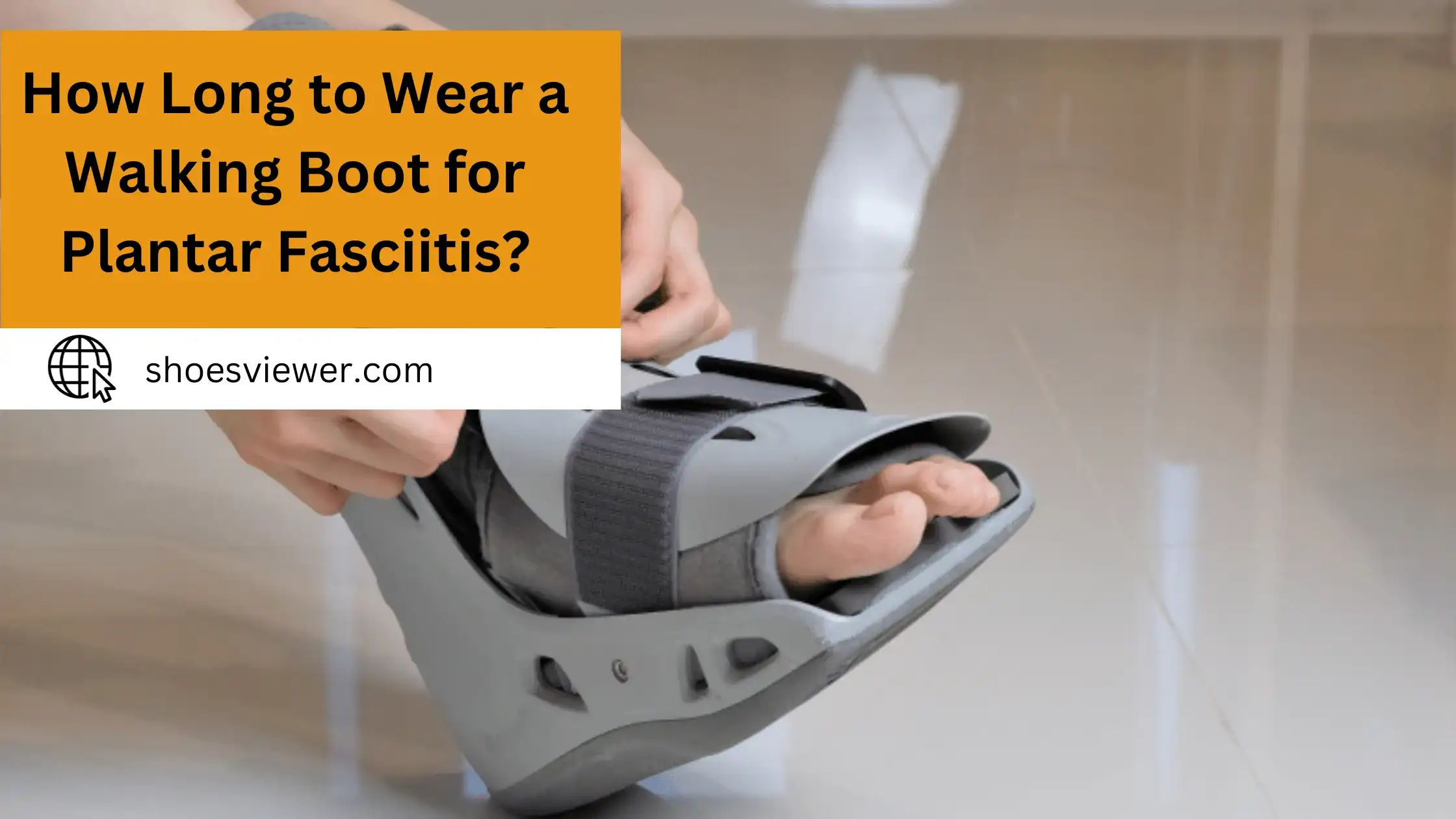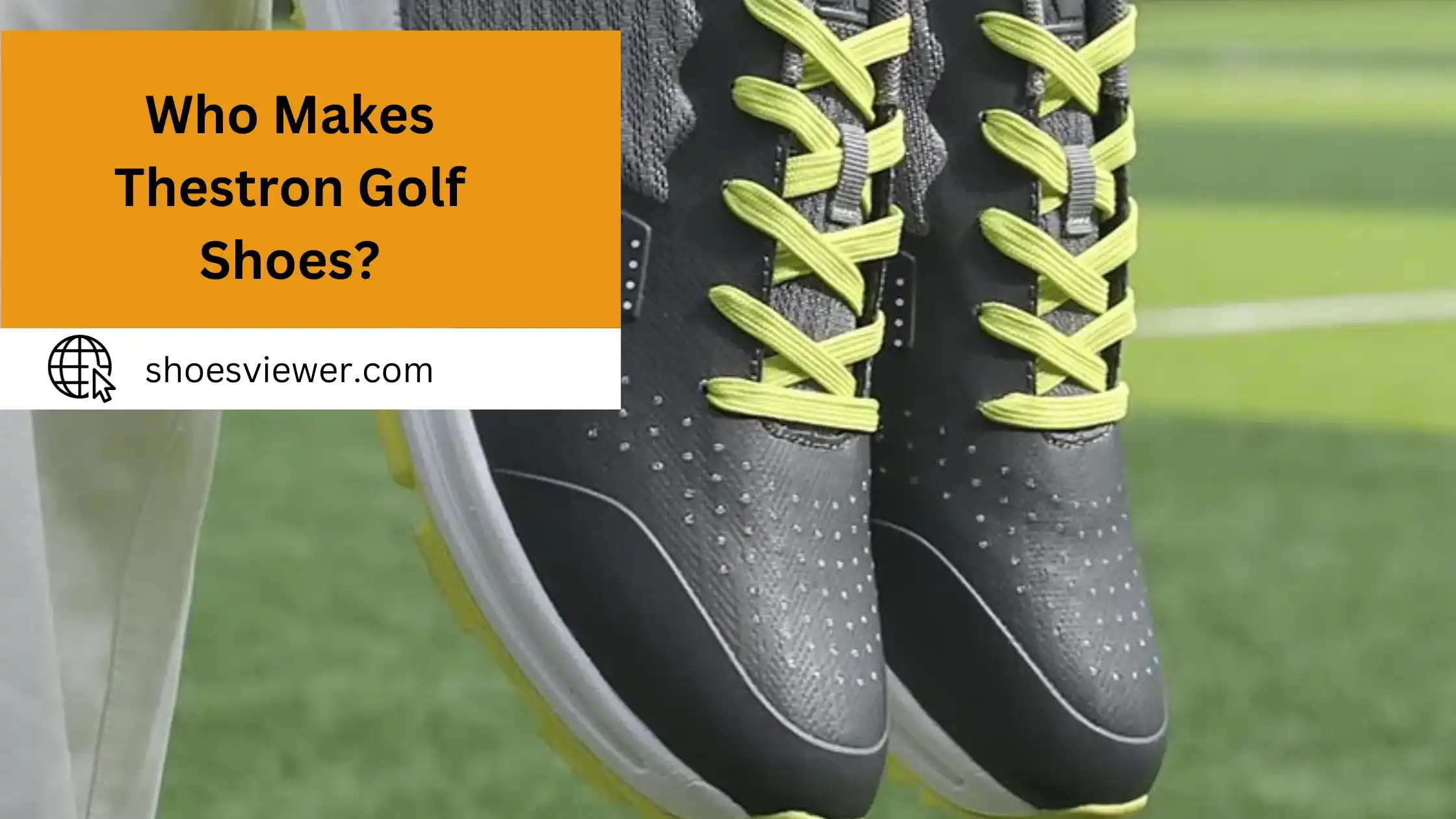For months, I struggled to find the proper size dirt bike boots. I read reviews and sizing tables online, only to purchase a pair that needed to be bigger or bigger. It was incredibly frustrating finding the perfect fit for my rides.
After countless wasted money on ill-fitting boots, I finally stumbled across a guideline for sizing dirt bike boots. This simple yet effective guide has helped me purchase the perfect-sized off-road riding shoes without hassle or frustration!
Here, I will talk about how you can use this guideline to accurately size your dirt bike boots so you never have to experience the same pains that once plagued me when shopping for offroad gear!
Understanding Dirt Bike Boot Construction - Key Components For Sizing:
Understanding the construction of dirt bike boots and ensuring a proper fit is crucial for comfort, safety, and performance, something I’ve come to appreciate deeply through my own experiences in dirt biking.
Outer Shell:
The outer shell is typically made of leather or a synthetic substitute, offering durability and protection. The material’s flexibility is also important for ease of movement. I learned the importance of this when my stiff boots hindered my control over the bike.
Buckles And Straps:
Good boots have adjustable, durable buckles and straps for a secure fit. I prefer boots with replaceable buckles, as I once had a buckle break on a ride, rendering the boots less safe.
Sole:
The sole should provide a good grip and be resistant to wear. I opt for soles with a balanced blend of rigidity for pedal control and flexibility for walking.
Inner Lining:
Comfort is key here. A breathable, moisture-wicking lining keeps feet dry and comfortable. I experienced the downside of poor lining when my feet got overly sweaty, leading to blisters.
Ankle Support:
Pivotal for protection, good ankle support can prevent injuries. I value boots with firm yet flexible ankle support, which saved me from a severe injury during a fall.
Toe Box And Heel Cup:
These should be reinforced for protection against impacts. A snug, but not too tight, toe box is crucial, as I once had boots that cramped my toes, causing discomfort and distracting me from my ride.
Measuring Foot Length And Width - Accurate Measurements For Sizing:
Measuring your foot length and width accurately is crucial for finding shoes that fit well and are comfortable. Here’s a step-by-step guide to help you measure your feet correctly:
Preparation:
Choose the right time of day (ideally in the evening when feet are their largest due to natural swelling) and gather the necessary materials: paper, a pen, and a ruler.
Trace Your Foot:
Place the paper on a flat surface and stand on it with your heel against a wall. Trace around your foot with the pen held perpendicular to the paper for accuracy.
Measure The Tracing:
Measure the longest and widest parts of your tracing. For length, measure from the longest toe to the heel; for width, measure the broadest part of the foot.
Repeat For The Other Foot:
It’s essential to measure both feet as they can vary in size. I learned this the hard way when I bought a pair of hiking boots based on the size of my smaller foot, leading to discomfort in the larger foot.
Evaluating Boot Size Charts
Evaluating boot size charts correctly is essential for finding the perfect fit, especially when purchasing boots online or from brands with varying sizing standards. Here’s how you can navigate and interpret these charts effectively:
Understand The Sizing System:
Manufacturers often use different sizing systems (like the US, EU, and UK). Familiarize yourself with these systems to make accurate comparisons.
Consider The Width:
Some charts include width sizing. Since I have wide feet, understanding the width measurements helped me find boots that fit well and prevented blisters.
Account For Sock Thickness:
If you wear thick socks, consider this when looking at size charts. I once failed to do this and ended up with ski boots that were too tight with my winter socks.
Look For Specifics:
Some brands provide additional information like arch height or instep size. This can be particularly helpful if you have specific foot characteristics.
When In Doubt, Ask:
If the chart isn’t clear or you’re between sizes, it’s always a good idea to consult customer service. I’ve found that getting insights directly from the brand can prevent sizing errors.
Trying On Dirt Bike Boots - Tips for Assessing Fit And Comfort:
Finding the right fit for dirt bike boots is essential for comfort and safety, a lesson I’ve learned through trial and error in my riding experiences. Here are some tips for using dirt bike boots and troubleshooting common fit issues.
- Always try on boots with the socks you plan to wear while riding. I tried boots with thin socks once, only to find them uncomfortably tight with my thicker riding socks.
- Your toes shouldn’t touch the front of the boot but shouldn’t have too much room. I remember a pair that felt okay in the store, but on the track, my feet slid forward, reducing control and causing discomfort.
- Ensure the boots are not too tight or loose around the foot. I once had too-narrow boots, leading to numbness in my feet after riding.
- Ankle support is crucial in dirt bike boots. They should be snug but not restrictive. I learned this importance after a minor fall where good ankle support saved me from a sprain.
- Walk around in the boots. They should allow enough movement to operate the bike’s controls. I always do a few standing squats to mimic the riding stance.
- Fasten all the buckles and straps to ensure a secure fit. I ensure the buckles can be easily adjusted and closed, even with gloves.
- Your heel should stay in place when walking. I had a pair with too much heel lift, which affected my riding efficiency.
Common Fit Issues And Solutions - Troubleshooting Problems with Boot Fit:
Pressure Points or Pinching: Try a different size or model if a boot pinches or creates pressure points. Insoles can also help. I had boots that pinched the top of my foot; switching to another brand with a higher toe box solved it.
Too Much Heel Lift:
If your heel lifts, the boot might be too big or not correctly fastened. Look for boots with better heel support, or consider using thicker socks. I’ve used additional insoles in the past to minimize this issue.
Width Problems:
Look for models that cater to these needs for too-narrow or wide boots. I switched to a wider model after experiencing numbness with standard-width boots.
Insufficient Ankle Support:
If the boots don’t provide enough ankle support, look for models with stronger or more adjustable ankle areas. After an ankle scare, I prioritize robust ankle support in my boot choices.
Difficulty In Fastening:
Try boots with different fastening systems if you struggle with buckles and straps. Some models offer more user-friendly or adjustable options.
Discomfort When Bending:
The boot should comfortably bend with your leg. If not, it might be too stiff. Boots generally break in with use but shouldn’t be excessively rigid.
From personal experience, I’ve learned that trying on and selecting dirt bike boots properly is crucial. These tips and solutions have helped me find boots that offer protection, comfort, and control, enhancing my riding experience and safety.
Conclusion:
With proper knowledge of dirt bike boots' structure, sizing, and quality, you can take your biking experience to a whole new level. I’ve had some challenging experiences navigating the boot selection process, but I can now ride with the right pair of dirt bike boots, knowing that my feet are truly protected. It’s essential always to prioritize safety and comfort when looking for a suitable set of boots; after all, when in action on the track or trails, there’s no time to spare.







